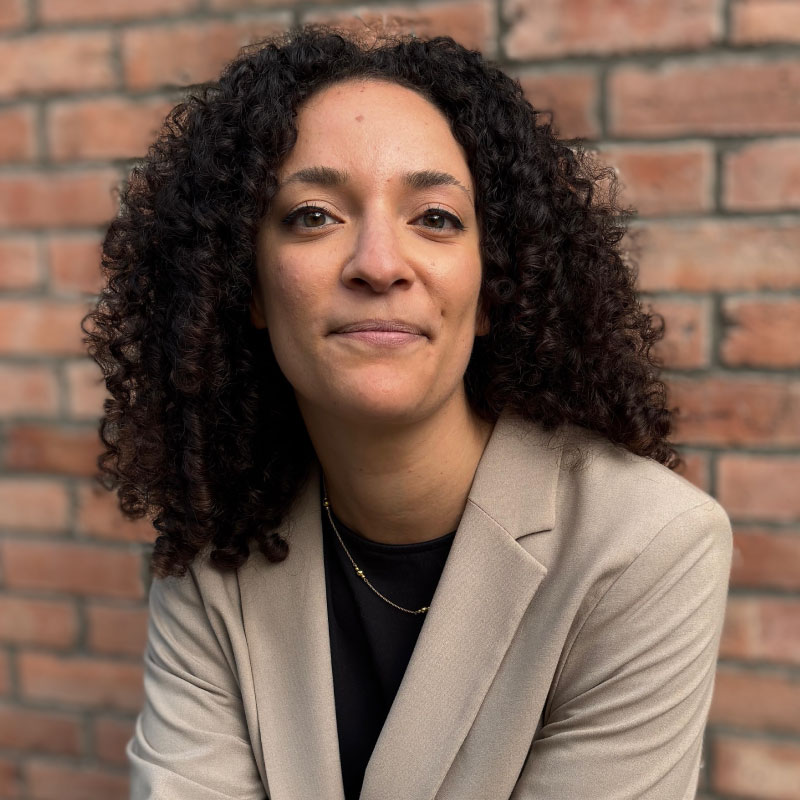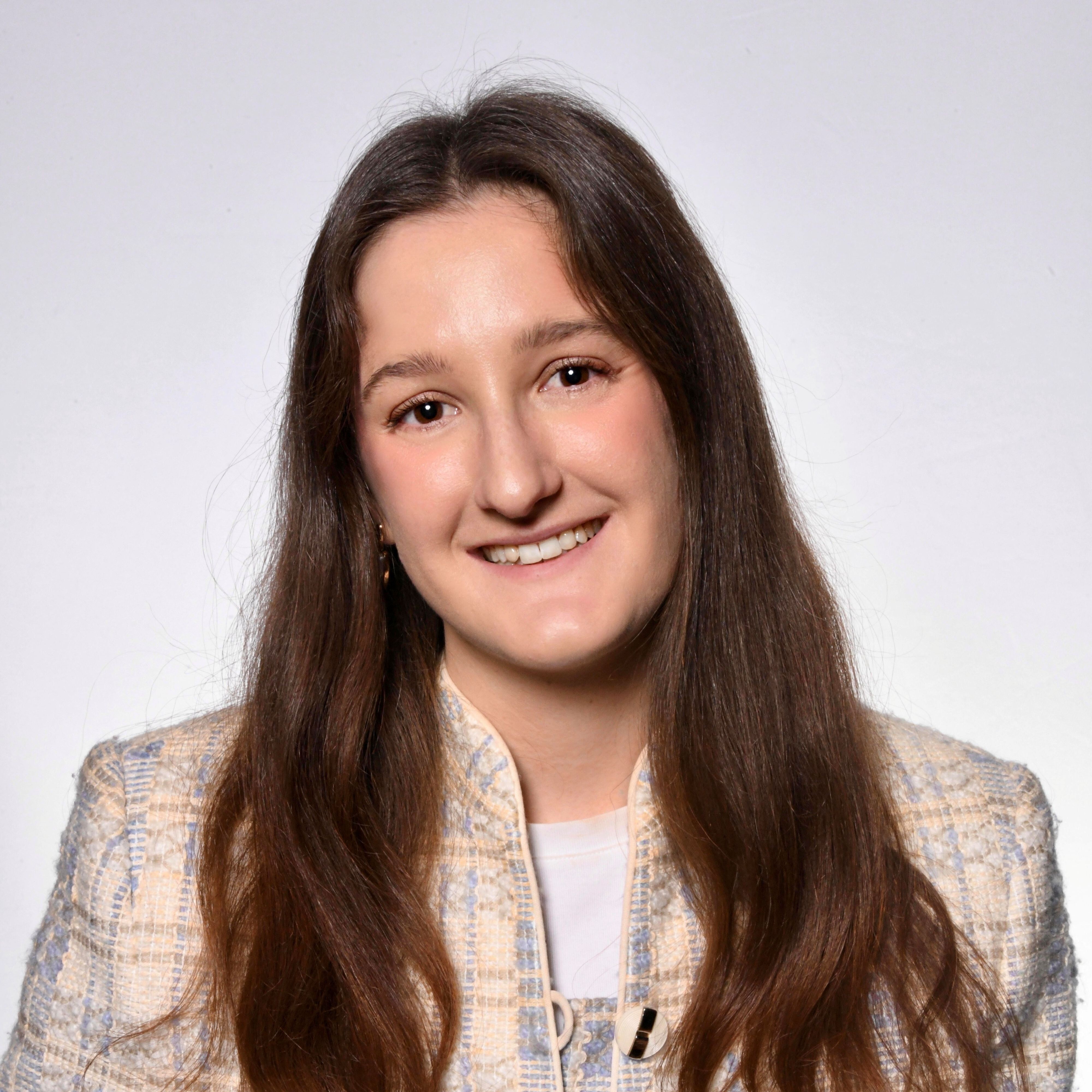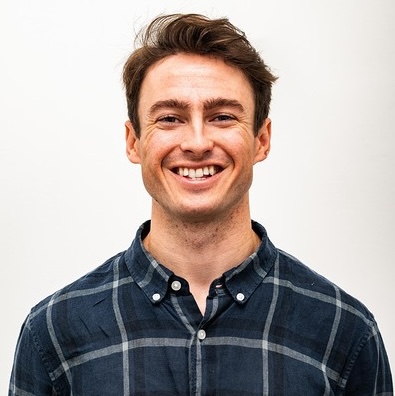Semiconductor circuits were once laid out manually, with scalpels and stencils being the primary tools to pattern silicon with photolithography.
The future will be
genetically engineered
Engineered biology will be the most important technology of the 21st century. We empower the genetic designers who are building the future.



Computer-aided design has transformed our world
Every engineering discipline has been revolutionized by computer-aided design in the past 50 years.
We’re building the first CAD platform for biology
By applying abstraction, standardization, characterization, and modeling to biology, we aim to transition genetic engineering into a fully-fledged engineering discipline.

Our story so far
As genetic designers, we started Asimov to build the tools we always wanted.


01
Roots in the Voigt and Densmore labs
Our company's story begins in the labs of our co-founders, Chris Voigt (MIT) and Doug Densmore (Boston University). Over the course of a multi-year collaboration, Chris and Doug worked to build the foundations of genetic logic circuit design to program living cells. Alec Nielsen, Asimov's co-founder and CEO, joined the Voigt lab as a PhD student during this time.

.png)
02
Cello for genetic circuit design
In 2016, Chris, Doug, Alec, and collaborators at NIST released Cello, a platform for automated genetic circuit design. Cello was made possible through extensively-engineered modular genetic logic gates, standardized host cells, and software for algorithmic design and simulation.

03
Asimov founded to tackle genetic design
In 2017, Chris, Doug, Alec, and Raja Srinivas founded Asimov, receiving early backing from Andreessen Horowitz and DARPA. Our approach stems from the same philosophy used for Cello – integrate state-of-the-art synthetic biology in the lab with computational tools.
Ours is a culture of recombination
Recombination
Mission first
Continuous learning
Thoughtful communication
Evolution
Urgency
Meet our people

Julie Andriolo

Noura Aouiriri

Xander Balwit

Nathaniel Braffman

Adam Carcella

Arturo Casini

Michelle Chang

Gong Cheng

HaeWon Chung

Joe Collins

Jorge Conde

Lucas Corley

Amparo Cosio

Martín Cárcamo

Douglas Densmore

Kate Dray

Omar El-Ghouch

Amanda Embree

Nick Emery

Scott Estes

Jamie Freeman

Prarthana Gadekar

Jeremy Gam

Imroz Ghangas

Akash Gopaluni

Ben Gordon

Julie Hachey

Traci Haddock

Woo Han

Ta Hang

Emily Hickman

Will Johnson

Aida Kalantari

Ravi Kommajosyula

Ally Kotopoulos

Becca Kraines

Thibault Laurent

David Lei

Michael Leonard

Ao Liu

Devon Harris

Niko McCarty

Paul McCracken

Jeff McMahan

Han Mei

Anaïs Moisy

Kevin Muszynski
.png)
Alec Nielsen

Casey O'Connor

Jonathon O'Leary

Jaclyn Ostrowski

Unjy Park

Katelin Pratt

Anna Prendeville

Ashwin Rajput

Stephany Ramos

Felicity Rudge

Michelle Sabourin

Vinicius Schettino

Alexis Sloane

Kevin Smith

Samuel Smith

Jordan Sorensen

Raja Srinivas

Christopher Stach

Mark Stockdale

Christopher Voigt

Stephen Von Stetina

Rob Walsh

Jenny Won

Lila Wroblewska
.jpg)
Niko Zeh
















































